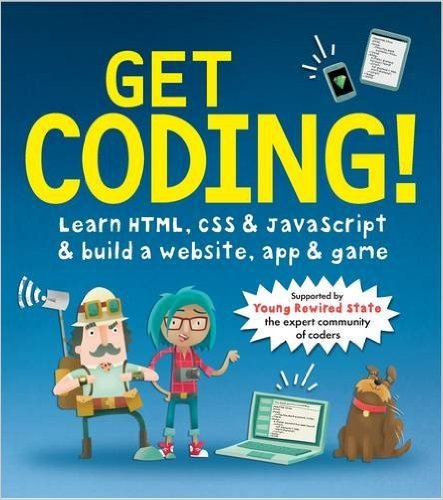Filters
Clear allSubject
- Careers (3) Apply Careers filter
- Cross curricular (14) Apply Cross curricular filter
- Design and technology (10) Apply Design and technology filter
- Engineering (2) Apply Engineering filter
- Food Preparation and Nutrition (1) Apply Food Preparation and Nutrition filter
- Mathematics (18) Apply Mathematics filter
- Science (3) Apply Science filter
Age range
Type
- Activity sheet (68) Apply Activity sheet filter
- Article (18) Apply Article filter
- Demonstration (1) Apply Demonstration filter
- Game (2) Apply Game filter
- Image (28) Apply Image filter
- Information sheet (8) Apply Information sheet filter
- Interactive resource (7) Apply Interactive resource filter
- Presentation (22) Apply Presentation filter
- Teacher guidance (92) Apply Teacher guidance filter
- Textbook (4) Apply Textbook filter
- Video (13) Apply Video filter
- (-) Remove Include Physical Resources filter Include Physical Resources
Showing 195 results
A small resource which includes a "debugging strategy" sheet with suggestions to students as to how to proceed. It also contains a bug-ridden Scratch game. The activity requires students to identify and fix the bugs. Although this is a single worksheet activity, it can serve as an example/template for a whole host...
A resource which provides learners with a user friendly strategy to utilise when they come across a bug they do not understand. SNOT stands for Self, Neighbour, Other, Teacher, and it includes a framework for recording who students have sought help from, and who they have helped along with record sheets to record...
This computing resource for primary schools introduces the concept of decomposition through dance. Using combinations of hand-jive, clapping or tutting, the lesson demonstrates how complex sequences of instructions (algorithms) can be broken down into smaller chunks. The children are challenged to look for patterns...
This collection of lesson activity and enrichment day resources links computing to other curriculum areas in creative ways. Unplugged as well as on-screen activities are provided, featuring contributions from various organisations. Some activities require additional paid resources whilst most make use of free...
Dijkstra's algorithm finds the shortest path for a given problem. Dijkstra's algorithm can be used to find the shortest route between two cities. This algorithm is so powerful that it not only finds the shortest path from a chosen source to a given destination, it also finds all of the shortest paths from the...
This Barefoot Computing animation project for primary school computing teaches the concept of sequencing within programs. Children use costumes and a range of commands in Scratch to produce purposeful multimedia. They are encouraged to debug and improve the program, and...

Edison is a lot of fun and can teach young and old a lot about robotics and programming. It is an affordable robot that works with LEGO bricks and can be controlled and programmed in...
An introductory lesson, linking ideas from flowcharts to the use of pseudocode. The presentation may need some editing to remove school specific information. It contains a link to the "Friendship Algorithm" sequence from Big Bang Theory and a link to the description section for Algorithms and Pseudocode from BBC...
These resources consist of lesson plans, worksheets, Minecraft Maps (Raspberry Pi version) for the area around the Giant's Causeway in Northern Ireland, and some general how to guides. The guides take teachers through the steps to update a Raspberry Pi, and install one of the Giant's Causeway maps into the correct...
This edition of the Computing at School newsletter contains articles covering:
*Computing curriculum change
*Programming pedagogy
*Database Detectives, a Digital School House resource
*Unplugged computing
*Scratch in the primary classroom
*Real robotics – outreach from...

Since 2012, the organization Girls Who Code has been leading the charge to get girls interested in technology and coding. Now its founder, Reshma Saujani, wants to inspire you to be a girl who...

